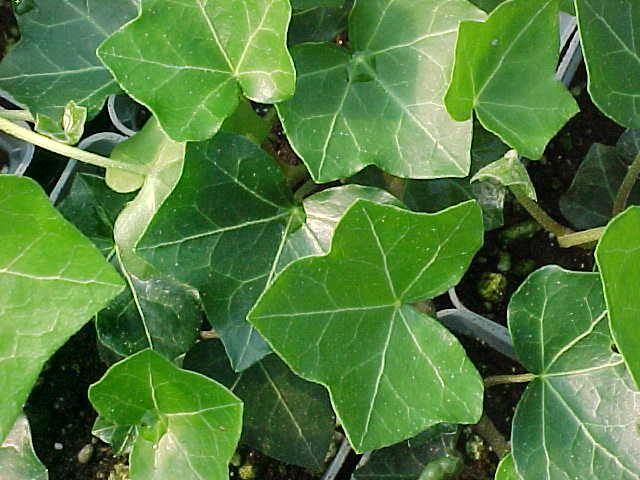What can you do to replace English ivy?
For many years homeowners have used English ivy (Hedera helix) in areas with landscaping challenges like dense shade or shady slopes. But over time, instead of solving problems, the ivy has created new problems, as it climbs up and chokes trees; it spreads to parks and other natural areas, where it destroys all native vegetation in its path; and it forms perfect hiding places for urban rats. Beyond the rats, English ivy does not provide an ecological benefit. There are no birds or insects that maintain a codependent relationship with it.
Fortunately, many homeowners are now looking for alternatives to the ivy. The answer to what best replaces English ivy is not simple; it depends on its location, the conditions, and your landscaping goals. Do you want to re-create natural woodland? Are you trying to prevent erosion in one spot? Do you want your entire back yard to be a low maintenance garden with no grass? Do you want the area open or dense? Do you merely want to put in a little groundcover, which can withstand shade under a tree? Here are some ideas. Alternatives to English ivy (Hedera helix) include the following:
Native alternatives to Hedera helix that are evergreen or semi-evergreen for shade:
Green-and-gold (Chrysogonum virginianum) This plant hugs the ground and is evergreen in our area. It also creates lovely displays of yellow flowers in spring.
Allegheny spurge (Pachysandra procumbens) is an excellent groundcover for shade. The plant tolerates dense shade but most have consistent moisture for best growth.
Virginia ginger (Hexastylis virginica) is a beautiful evergreen ground-hugger. The large glossy leaf incorporates silver veination to add interest and lightness in dark areas.
Allegheny spurge
Deciduous alternatives to English Ivy for shade:
Wild ginger (Asarum canadense) is a lovely deep green and spreads in dense shade with moisture. It dies back after the first frost
Violets (Viola canadensis and other species) disappear in winter, but they provide nectar in early spring and are hosts to several butterfly larvae. Ants will spread the seed around.
Canadian ginger
Native Vines as an alternative for English Ivy:
Virginia creeper (Parthenocissus quinquefolia) - Virginia creeper is taller and less dense than English ivy, but looks beautiful under trees. It will grow up trees without harming them because it is deciduous. Birds love the berries. It is aggressive, so be sure to put it in a place that you don’t mind it spreading. Wonderful fall color. Deciduous.
Crossvine (Bignonia capreolata)- a source of nectar for pollinators and hummingbirds. Deciduous.
Lonicera sempervirens (Scarlet honeysuckle) - The red berries of the native honeysuckle feed birds, squirrels, and chipmunks. Deciduous.
Trumpet creeper (Campsis radicans) - Brilliant orange trumpets attract butterflies and hummingbirds. It is fast growing and aggressive, yet can be easily controlled with pruning. Deciduous.
Carolina Jessamine (Gelsemium sempervirens) - not invasive, and a source of nectar for pollinators and hummingbirds. Deciduous.
Dutchman's pipe (Aristolochia tomentosa). Deciduous.
American wisteria (Wisteria frutescens). Deciduous.
Wood Vamp or Climbing Hydrangea (Decumaria barbara) - A wonderful, sometimes evergreen vine in mild winters. It will only flower when it climbs, but will continue to grow as a groundcover.
Woodvamp




